Building blocks are a staple in many childhoods, and for good reason. They offer a unique way for children to learn, explore, and create! In this blog, we’ll explore the many benefits of building blocks, the different types available, and how to use them to teach math and science, language and literacy, and foster creativity in your children. We’ll also discuss where to buy building blocks, wood vs. non-wood blocks, and our thoughts on the importance of building blocks.
What are Building Blocks and How Do They Help Children Learn?
Building blocks are a type of toy that encourages children to use their imaginations and build different structures. They come in a variety of shapes and sizes and can be made of wood, plastic, or foam. Blocks are a great way to develop problem-solving skills, as children must figure out how to fit the blocks together to create their desired structure. In addition, blocks can help children develop their fine motor skills as they pick up, turn, and stack the blocks.
Blocks also provide an opportunity for children to explore their environment and develop their communication skills. As children build, they can talk about what they’re making and learn more about the world around them. Through building blocks, children can also learn about colours, shapes, sizes, and counting.
Benefits of Building Blocks
There are many benefits to using building blocks with children. Here are some of the most important ones:
- Problem-solving skills: Building blocks provide an opportunity for children to practice problem-solving skills as they figure out how to fit the blocks together to create their desired structure.
- Fine motor skills: Building blocks require children to pick up and move the blocks with their hands, helping to develop fine motor skills.
- Creativity: Blocks allow children to explore their creativity and create structures that they’ve never seen before.
- Collaboration: Building blocks are an excellent tool for teaching children how to work together. As children work together to create structures, they learn how to collaborate and communicate with others.
- Mathematical knowledge: Building blocks can help children learn about shapes, sizes, counting, and other mathematical concepts.
- Science knowledge: Blocks can teach children about different materials, how things fit together, and how to balance structures.
- Language skills: Through building blocks, children can learn new words and explore their environment as they talk about what they’re making.
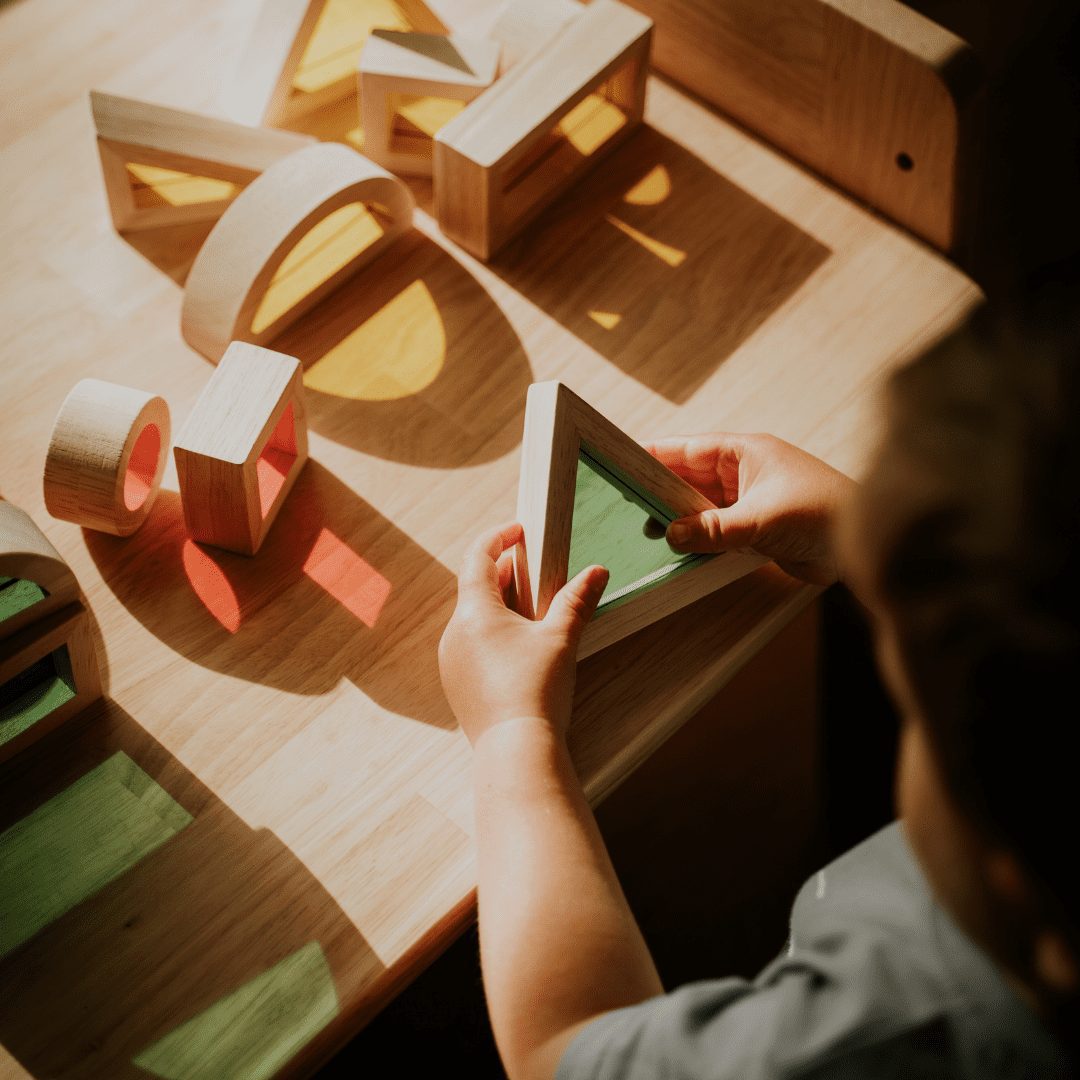
Different Types of Building Blocks
There are many different types of building blocks available, each with their own unique benefits and uses. Here are some of the most common types of blocks:
- Wood blocks: Wooden blocks are the classic building blocks and are usually the most durable. They come in a variety of shapes and sizes and can be used to create large or small structures.
- Plastic blocks: Plastic blocks are a great alternative to wood blocks and come in a variety of shapes, sizes, and colours. They’re usually more lightweight than wood blocks and are easy to clean.
- Foam blocks: Foam blocks are lightweight and easy to handle, making them an excellent choice for young children. They’re also great for creating soft structures like beds or chairs.
- Interlocking blocks: Interlocking blocks are a great way to teach children how to build with a specific set of pieces. They come in a variety of shapes and sizes and can be used to create more complex structures.
- Magnetic blocks: Magnetic blocks are a great way to teach children about magnetism and how it works. They come in a variety of shapes and sizes and are great for creating intricate structures.
How to Use Building Blocks to Teach Math and Science
Building blocks can be used to teach children a variety of mathematical and scientific concepts. Here are some of the ways to use blocks to teach math and science:
- Counting: Blocks can be used to teach children how to count. Place a variety of blocks in front of your child and ask them to count how many there are.
- Geometry: Blocks can be used to teach children about shapes and their properties. Ask your child to create different shapes using the blocks, such as a rectangle or a triangle.
- Fractions: Blocks can be used to teach children about fractions. Ask your child to divide a block into halves or quarters or to use multiple blocks to make a fraction.
- Measurement: Blocks can be used to teach children about measurement. Ask your child to measure the length or width of a block or to compare the sizes of two blocks.
- Forces: Blocks can be used to teach children about the different forces at work. Ask your child to push or pull a block or to build a structure that won’t collapse when pushed.
How to Use Building Blocks to Teach Language and Literacy
Building blocks are also a great way to teach language and literacy. Here are some of the ways to use blocks to teach language and literacy:
- Vocabulary: Blocks can be used to teach children new words. Ask your child to name each block and explain what it is.
- Storytelling: Blocks can be used to help children tell stories. Ask your child to create a story using the blocks or to tell a story about the structure they built.
- Reading: Blocks can be used to teach children how to read. Place a variety of blocks in front of your child and ask them to read the words or pictures on the blocks.
- Writing: Blocks can be used to teach children how to write. Ask your child to write words or sentences on the blocks or to create a structure with the blocks and then write a story about it.
- Grammar: Blocks can be used to teach children about grammar. Ask your child to create a sentence using the blocks or to create a sentence that describes the structure they built.
How to Use Building Blocks to Foster Creative Thinking
Building blocks can be used to foster creative thinking in children. Here are some of the ways to use blocks to foster creative thinking:
- Open-ended play: Allow your child to explore the blocks and create whatever structure they can imagine. Encourage them to think outside of the box and come up with something new.
- Problem-solving: Give your child a challenge and ask them to create a specific structure with the blocks. Encourage them to think of different ways to solve the problem and come up with creative solutions.
- Design: Ask your child to design something with the blocks, such as a house, a bridge, or a spaceship. Encourage them to think about the design and how it will look when it’s finished.
- Experimentation: Give your child a variety of blocks and ask them to create something new with them. Encourage them to experiment with different combinations of blocks and come up with something unique.
- Creative storytelling: Ask your child to create a story using the blocks. Encourage them to come up with a creative story and use the blocks to bring the story to life.
Our Favourite Building Blocks
Building blocks can be purchased at a variety of stores, including toy stores, department stores, online stores, and specialty stores. Growing Kind is an online store with a wide selection of blocks for building. Shop our selection of wooden and non-wood blocks today!
Wood and Non-Wood Building Blocks
When it comes to building blocks, there are two main types: wood and non-wood blocks. Here are some of the benefits of each type of block:
- Wood blocks: Wooden blocks are the classic building blocks and are usually the most durable. They come in a variety of shapes and sizes and can be used to create large or small structures.
- Non-wood blocks: Non-wood blocks are a great alternative to wood blocks and come in a variety of shapes, sizes, and colours. They’re usually more lightweight than wood blocks and are easy to clean.
Our thoughts on Building Blocks
At Growing Kind, we believe in the power of building blocks and the many benefits they offer children. Building blocks provide an opportunity for children to explore their creativity, develop problem-solving skills, learn about their environment, and develop their fine motor skills. They can also help children learn about colours, shapes, sizes, counting, and other mathematical and scientific concepts.
Building blocks are a great way to foster creativity and imagination in children. They can also help children learn how to work together and communicate with others. Building blocks are an excellent tool for teaching language and literacy, as children can learn new words and tell stories as they build.
We believe that building blocks are an essential part of childhood and can help children learn and grow in many different ways. Shop at Growing Kind for a wide selection of wooden and non-wood blocks!

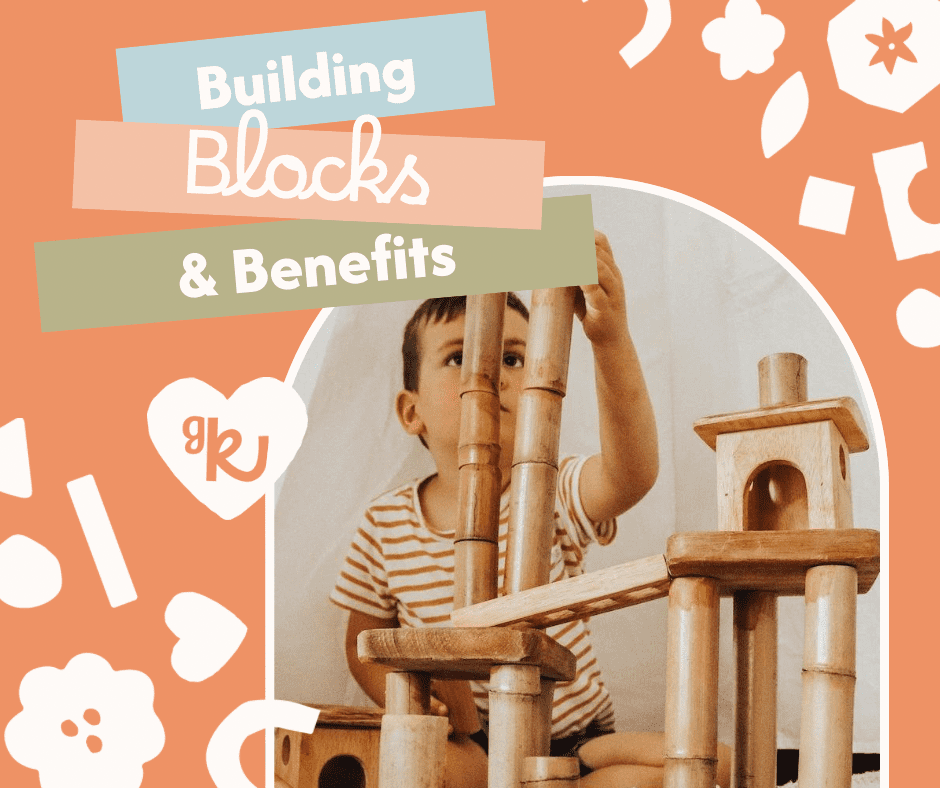

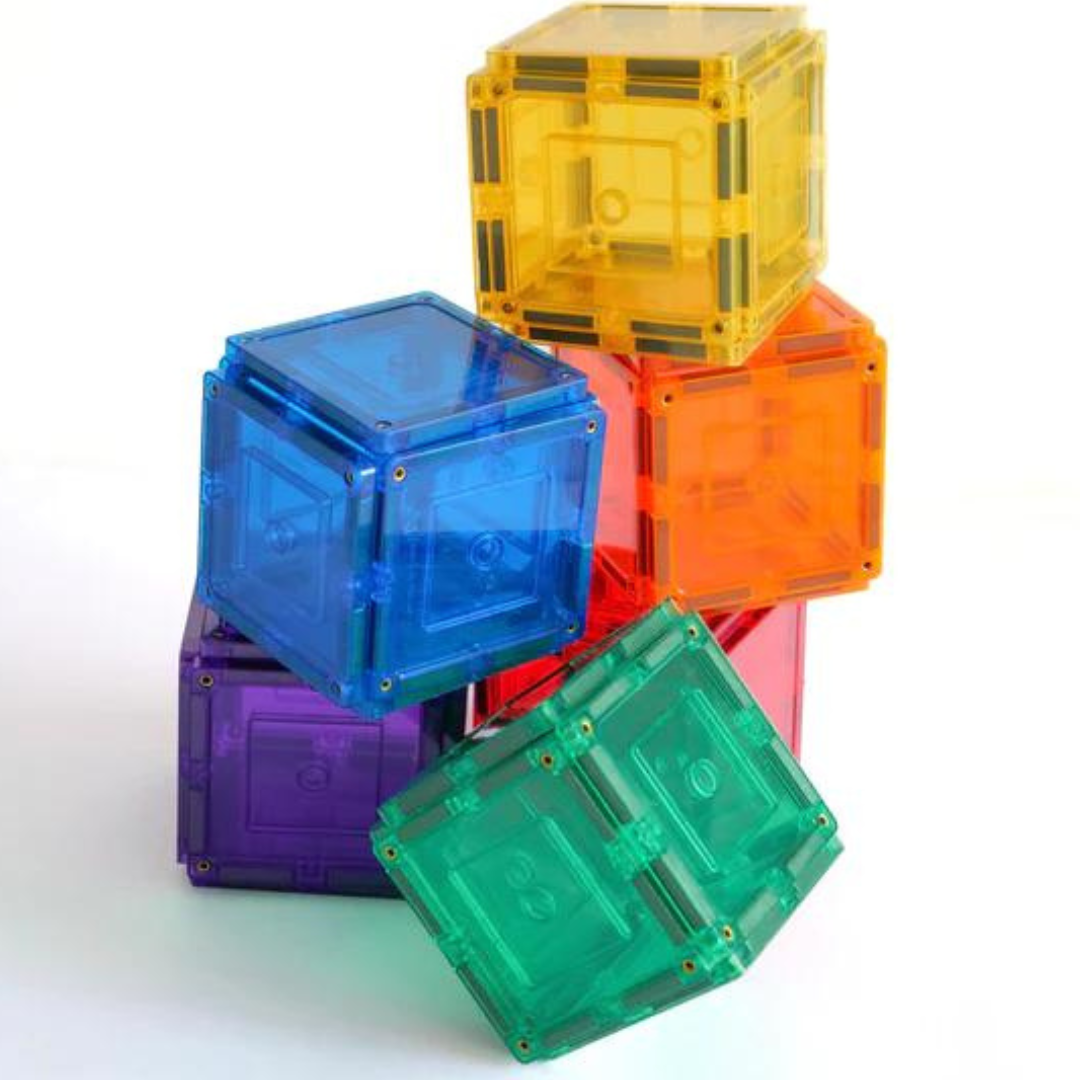
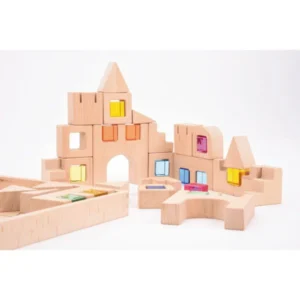


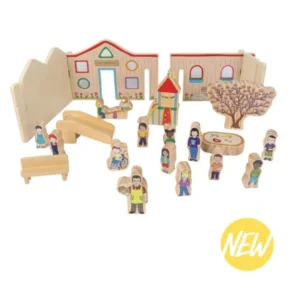

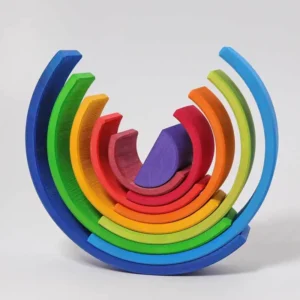

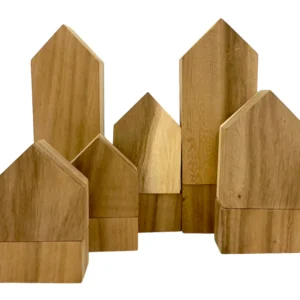
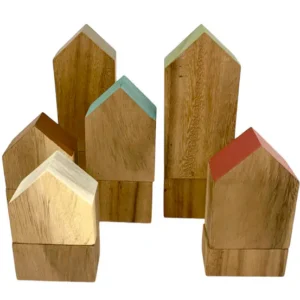



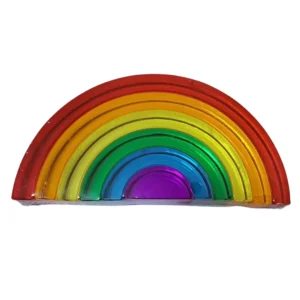

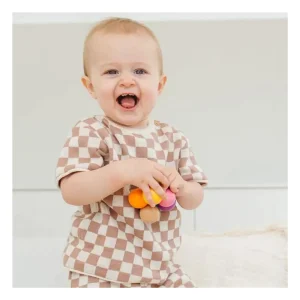

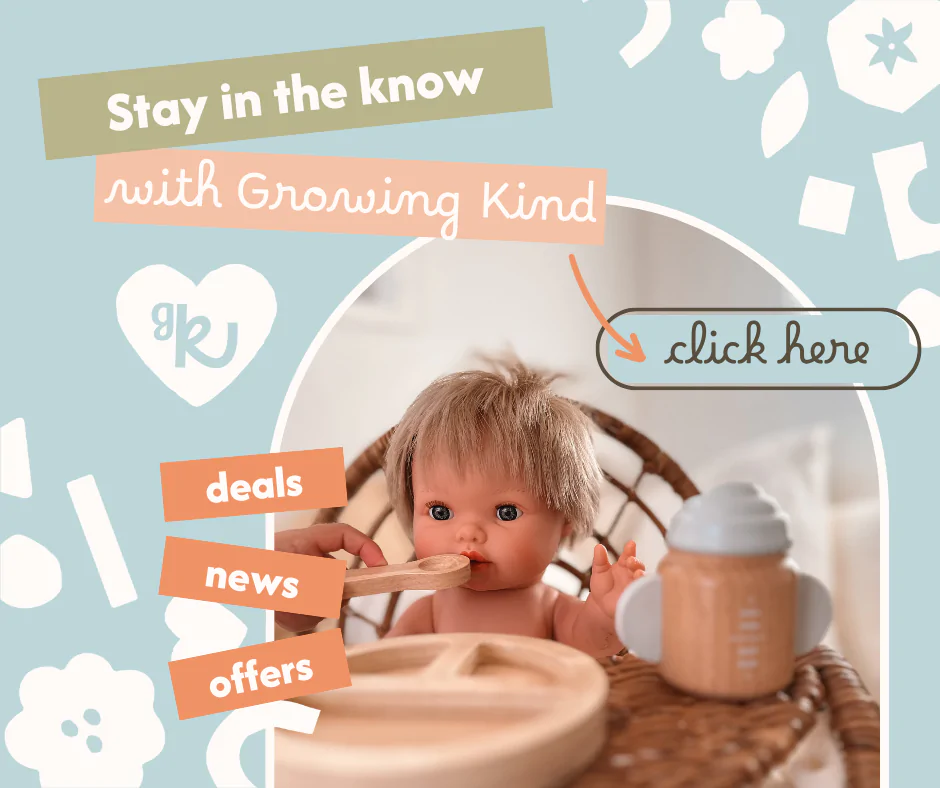

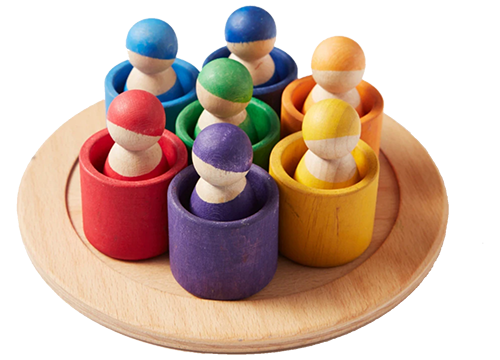

One comment
I would like to receive more emails on your subjects please.